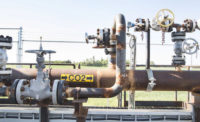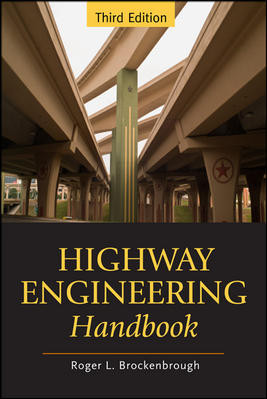Canada's New Budget Keeps Big Infrastructure Spend
But firms lament lack of projects moving to design
Canada’s newly released federal budget ramps up spending on affordable housing and other “social infrastructure” over the next five years while pushing off to later years hundreds of millions in dollars for bigger-ticket transportation projects, a new budget analysis shows. The Liberal government reaffirms its 2016 commitment to spend $60 billion in new infrastructure over the next decade but adds little detail on where the money will actually go or how its widely touted infrastructure bank will participate in funding.
The allocation for social infrastructure remains steady at $16.3 billion, but the budget would shift forward into the next five years an added $971 million for new schools, hospitals and affordable housing, says a budget analysis by Toronto-based National Bank Financial. But $624 million in funding for big public transportation projects would shift to the post-2022 five-year time period, says Maxim Sytchev, the firm’s managing director and AEC-sector analyst.
The budget includes a planned $26 billion in investments by the newly created Canada Infrastructure Bank, with plans to court aggressively pension funds and other private investors. But it provided few details on spending priorities or mechanisms. The Canadian parliament is set to consider legislation detailing the bank before its summer recess, with the government expecting it to operate by the end of the year, according to media reports. The government last month said it named Bruce McCuaig—now president and CEO of Ontario agency Metrolinx, which plans and manages Toronto regional transit infrastructure—as a second “executive adviser” to the bank. Former Ontario teachers’ pension fund CEO Jim Leech was named in February.
The Association of Consulting Engineering Companies is concerned there isn’t more of a focus on reducing federal and provincial red tape and coordinating the myriad of approvals from various levels of government that infrastructure projects must nail down before moving forward. The group also is calling for more details around plans for carbon pricing, noting that the public and private sectors “require this information to make informed business decisions.”John Gamble, ACEC president and CEO, said his members also are concerned about the pace at which infrastructure dollars are trickling down to projects.
The association believes the Liberal government is on the right track with the amount of money it plans to spend and with the project and sector priorities laid out. But Gamble said his members say they still aren’t seeing the big pledges make a difference yet in terms of any major uptick in new projects moving into the design and planning phases.
That has been a concern, with the number of employees at ACEC member firms down 10%, to about 60,000, over the past few years. “It was our hope that our members would be embarrassingly busy at this point, and it just hasn’t happened yet,” Gamble said. But ACEC said it favored a budget proposal for new building codes to retrofit buildings to make them more energy-efficient. The group also is encouraged by plans to have the Canada Infrastructure Bank collect information on local and provincial infrastructure.
Despite the backloading in infrastructure spending, there are still a number of large transportation projects moving forward that were first launched years ago, including the planned Gordie Howe bridge, connecting Windsor with Detroit, Sytchev said.





